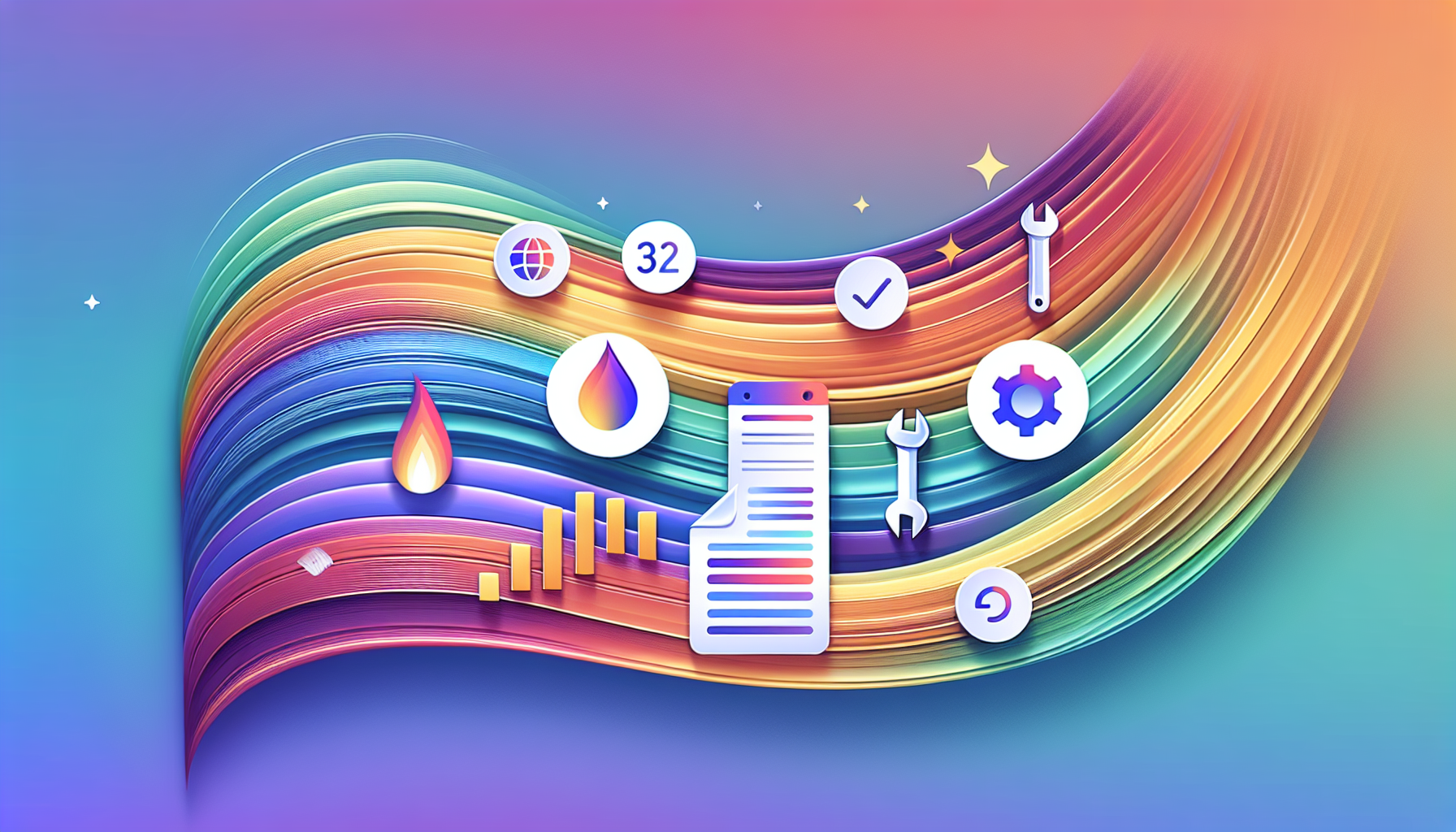
Enhancing User Experience Through Web Performance Optimization
In the digital age, the speed and efficiency of your website are crucial for both user satisfaction and business success. Web performance optimization is not just a technical necessity but a key component of sustainable web design and user experience. Here’s a comprehensive look at why web performance optimization is essential and how you can implement it effectively.
The Impact of Page Speed on User Experience
Page speed has a profound impact on user satisfaction and behavior. According to uxplanet.org, pages with longer load times tend to have higher bounce rates and lower average time on page. Users expect pages to load quickly, with ideal response times defined by Jakob Nielsen as 0.1 seconds for instantaneous response, 1 second for seamless flow, and 10 seconds as the maximum limit before users lose interest.
A delay of just a few seconds can significantly affect user engagement. For instance, a study by Google found that users who experienced a 400-millisecond delay performed fewer searches, and this impact lasted even after the delay was removed.
Business Benefits of Web Performance Optimization
Optimizing your website’s performance is not just about user experience; it also has tangible business benefits. Here are some key advantages:
- Increased Conversions: Faster page speeds can lead to higher conversion rates. According to Unbounce, 70% of customers say page speed impacts their willingness to purchase from a retailer.
- Better Visibility: Google prioritizes site performance in its PageRank algorithm. Websites that load quickly are more likely to rank higher in search engine results pages (SERPs).
- Improved Usability: A faster and more responsive site enhances overall user experience, fostering customer satisfaction and confidence. This can lead to higher return visitor rates and better engagement.
Strategies for Web Performance Optimization
To optimize your website’s performance, you need to employ several strategies:
Optimize Image Files
Images can significantly slow down your website. Use tools like TinyPNG or Compressor.io to compress images without losing quality. Resize images to the exact dimensions needed, and avoid including non-essential images.
Minify and Combine Files
Minification involves removing unnecessary characters from code files, reducing the size of HTML, JavaScript, and CSS files. Combining multiple files into one reduces the number of HTTP requests, speeding up the loading process. Tools like Webpack and Grunt can help with this process.
Use Browser Caching
Browser caching stores your site’s resources in the user’s browser, so they don’t need to be fetched from the server every time. Set up browser caching by configuring “cache-control” and “expires” headers on your web server.
Use Content Delivery Networks (CDNs)
CDNs distribute your content across multiple servers worldwide, reducing the distance between users and your website’s resources. This can significantly speed up page load times. Consider using a CDN service like Cloudflare.
Enable Gzip Compression
Compressing resources such as text, images, and fonts makes them smaller and faster to download. Many hosting platforms, including Kinsta, offer gzip compression by default or allow easy configuration.
Optimize Code Execution
Optimize your code to reduce the time it takes for the browser to execute it. This includes optimizing JavaScript files and reducing the number of redirects.
Monitor Performance
Regularly monitor your website’s performance using tools like Google PageSpeed Insights or GTmetrix. These tools provide detailed reports and suggestions for improvement.
Case Studies and Real-World Examples
Amazon and Image Optimization
A study found that if Amazon converted all its image files to JPEGs at 92% quality compression, it would save 20% of the energy needed to load its home page on an Android phone. This optimization not only improved page load times but also reduced device energy consumption, enhancing the overall user experience.
Shopify and Mobile Optimization
Shopify emphasizes the importance of mobile page speed, noting that improving mobile page speed by just a half second can increase conversion rates and decrease bounce rates. This highlights the critical role of web performance optimization in e-commerce success.
Sustainability and Web Performance
Web performance optimization is also a key component of sustainable web design. Faster websites consume less energy and reduce emissions. By optimizing resources such as images, code, and server requests, you can make your website more sustainable. For example, compressing images and using CDNs can reduce the amount of data transferred, which in turn reduces energy consumption and emissions.
Conclusion and Next Steps
Web performance optimization is essential for enhancing user experience, improving business outcomes, and contributing to sustainable web practices. By implementing strategies such as image optimization, minification, browser caching, and code execution optimization, you can significantly improve your website’s speed and efficiency.
If you are looking to optimize your website’s performance but don’t know where to start, consider reaching out to a professional web development agency like Belov Digital Agency. Our experts can help you analyze your current performance, identify areas for improvement, and implement effective optimization strategies.
For more information on how to optimize your website or to get started with your web performance optimization journey, Contact Us today.
Remember, a fast and efficient website is not just a technical requirement; it’s a cornerstone of user satisfaction and business success in the digital age.













